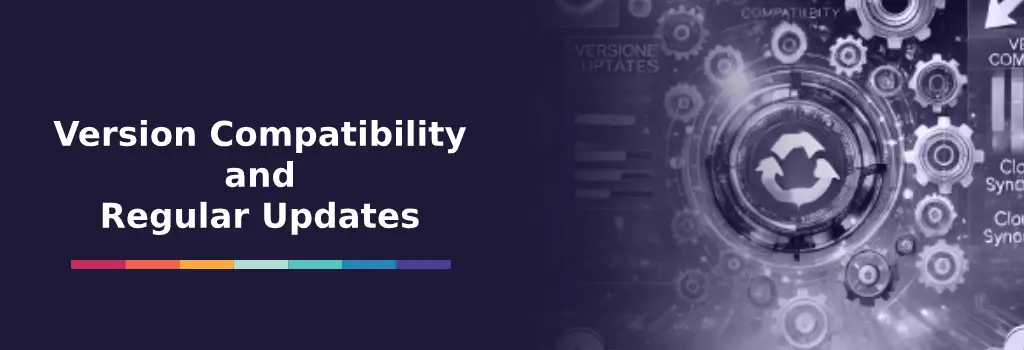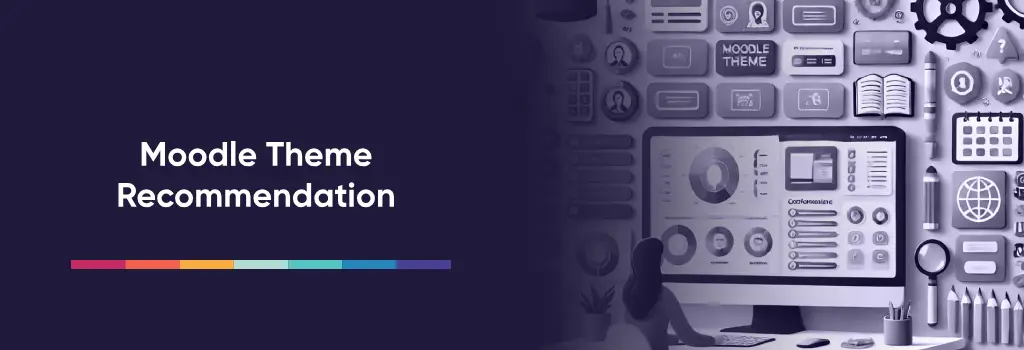Selecting and implementing the best Moodle themes is only the initial step. Effective ongoing management of these themes ensures continued efficiency, adaptability, and a high-quality user experience. This article outlines the essential best practices for managing custom Moodle themes such as Edwiser RemUI, Adaptable, Boost Union, LearnR (Fordson), Lambda, Edumy, Space, New Learning, Klassroom, and Alpha. Follow these best practices to enhance operational excellence and deliver continuous improvements for your Moodle LMS platform.
I am Director of Rahab Ministry (a program of Youth Unlimited). We are impressed with Mindfield’s IT specialists in helping us redesign a website (Rahab.yugta.ca) and their ongoing support. They were responsive and helped us think ahead instead of waiting for us to tell them what needed to be done. We will continue to look forward to their support.
Joanna Yee
Director, Rahab Ministry.
review Source: Google Reviews
Outline
-
-
Version Compatibility and Regular Updates
-
Effective Customization Management
-
Responsive Design and Cross-Device Testing
-
Accessibility Standards Compliance
-
Performance Optimization
-
Moodle Theme Recommendations
-
Why Partnering with Moodle Experts Elevates Theme Management
-
Frequently Asked Questions(FAQs)
-
Version Compatibility and Regular Updates
Why It Matters:
Moodle frequently releases updates for performance improvements, security patches, and new features. Managing theme compatibility helps maintain smooth functionality.
Best Practices:
- Regularly verify your theme’s compatibility with the latest Moodle releases.
- Monitor official developer channels or repositories for update notifications.
- Schedule consistent updates to align your theme with Moodle’s current version, preventing security vulnerabilities and compatibility issues.
- Conduct updates in a staging environment first to avoid disruptions on the live site.
Effective Customization Management
Why It Matters:
Customized themes enhance your Moodle site’s identity and user experience, but unmanaged customizations may lead to performance issues, especially during Moodle updates.
Best Practices:
- Clearly document all customizations (CSS, HTML, JavaScript adjustments, etc.).
- Limit customization to necessary modifications to ensure smoother updates.
- Leverage child themes or use a dedicated customization area within themes, like Boost Union’s grandchild theme feature.
- Employ modular design principles—group related customizations for easier management and troubleshooting.
Documentation of Theme Customizations (Example):
Maintaining detailed documentation of customizations prevents loss during updates. Here’s an example format:
| Date | Customization Area | Description | Responsible | File Location |
|---|---|---|---|---|
| 2024-05-23 | CSS | Adjusted header padding and colors | Admin | /themes/custom/css/header.css |
| 2024-05-25 | JavaScript | Enhanced mobile navigation script | Admin | /themes/custom/js/nav.js |
If customizations are not documented, they risk deletion during theme updates.
Responsive Design and Cross-Device Testing
Why It Matters:
Learners and educators access Moodle from diverse devices. Ensuring a seamless responsive experience across all platforms is essential.
Best Practices:
- Regularly test your Moodle site on multiple browsers, screen sizes, and mobile devices.
- Prioritize themes that offer inherent responsiveness.
- Establish routine tests, especially after theme updates or significant customization changes.
Accessibility Standards Compliance
Why It Matters:
Educational institutions must cater to learners with diverse accessibility needs and comply with regulatory standards like WCAG 2.0 or higher.
Best Practices:
- Prioritize accessibility during customization (contrast ratios, navigational clarity, readable fonts).
- Periodically audit your Moodle site’s accessibility compliance using tools like WAVE, Axe, or Lighthouse.
- Provide staff training on accessibility best practices when managing themes.
Performance Optimization
Why It Matters:
Slow-loading Moodle themes hinder user engagement and learning outcomes.
Best Practices:
-
- Optimize theme assets (images, JavaScript, CSS files) for performance.
- Minimize usage of unnecessary plugins and embedded scripts.
- Monitor site performance with tools like Google PageSpeed Insights or GTmetrix.
- Choose well-coded themes such as Boost Union or Adaptable that emphasize speed optimization.
Moodle Theme Recommendations
Managing your Moodle LMS effectively starts with selecting a theme that balances performance, accessibility, and design flexibility. We’ve created a short visual demonstration that highlights how a modern Moodle theme – Edwiser RemUI – can transform the user experience. For a complete comparison of the most reliable and high-performing Moodle themes—including design strengths, update frequency, mobile responsiveness, and customization support—visit our full guide: Best Moodle Theme. Whether you’re starting fresh or improving an existing LMS, this article will help you make an informed decision.
Seeing is Believing Moodle Themes by Mindfield
Managing Moodle themes effectively requires more than just installation—it involves careful attention to compatibility, performance, and ongoing maintenance. As Moodle continues to evolve, expert developers ensure your themes remain aligned with the latest updates, minimizing the risk of design issues or broken functionality. They handle customizations with precision, preserve accessibility standards, and implement technical optimizations that keep your LMS fast and reliable across all devices.
By working with experienced Moodle professionals, you gain long-term stability and reduce the risks associated with unsupported changes or inconsistent updates. Whether you’re planning a major redesign or simply need dependable support for your existing setup, hiring moodle experts allows you to focus on delivering quality learning experiences while your platform remains secure, efficient, and easy to manage.









